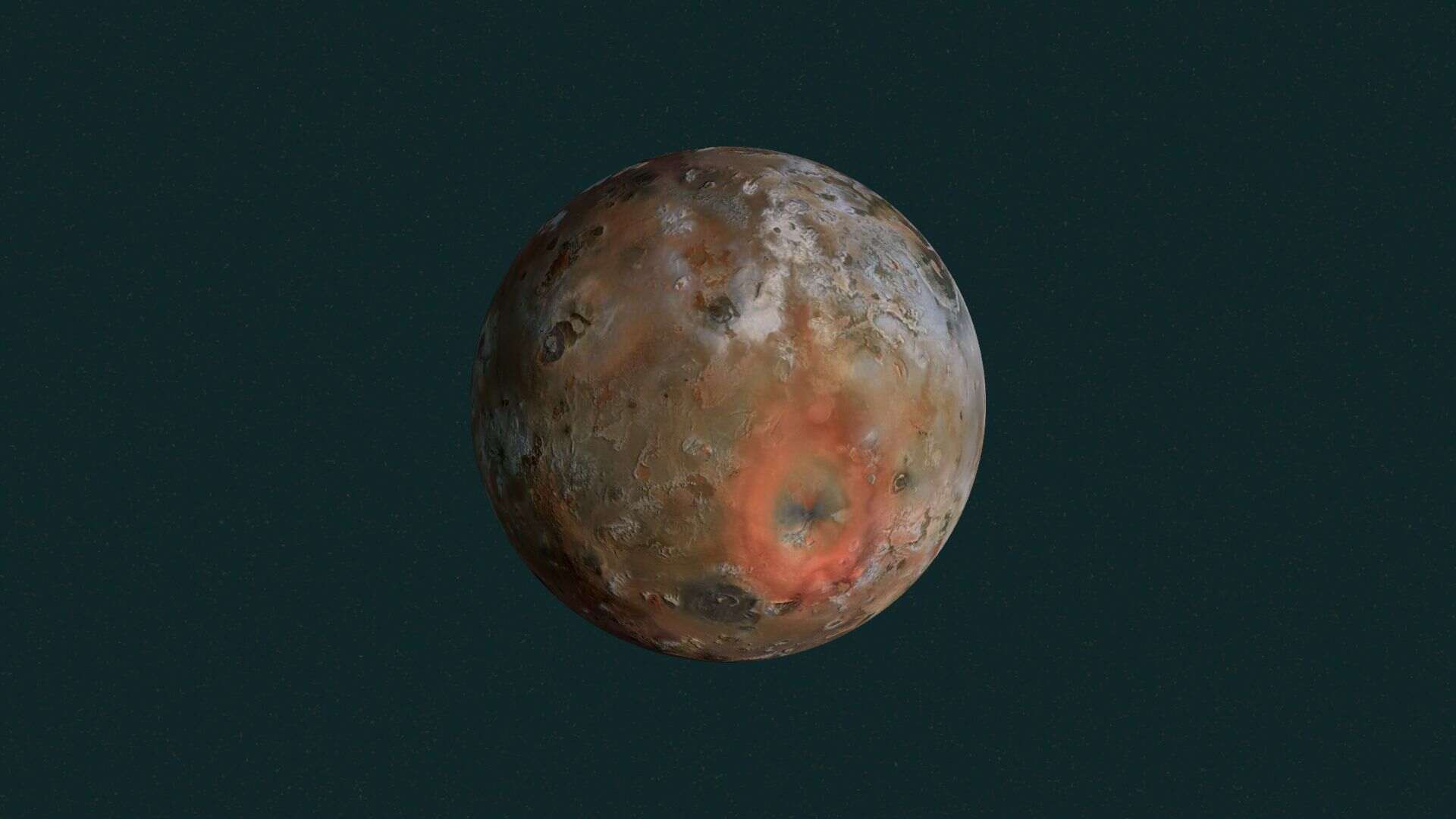
NASA’s recent findings, derived from its Juno mission, shed light on a long-standing mystery surrounding the intense volcanic activity on Io, one of Jupiter’s largest moons. This revelation resolves questions that have puzzled scientists since Voyager 1 first observed Io’s volcanoes in 1979. A new study published in Nature reveals that Io’s volcanoes are powered by localized magma chambers, rather than a massive global ocean of magma beneath the surface, as previously thought.
Io, the most volcanically active body in the solar system, hosts over 400 active volcanoes that continually erupt, spewing gas and lava into space—so much so that these eruptions can be seen with large telescopes from Earth. NASA scientist Linda Morabito first identified these volcanic features when analyzing images taken by Voyager 1.
For decades, scientists speculated about the source of this volcanic activity. The prevailing theory suggested that Io’s eruptions stemmed from a shallow, global magma ocean beneath its crust. However, new data from Juno has debunked this idea.
During close flybys of Io in late 2023 and early 2024—coming as close as 930 miles from its surface—Juno conducted high-precision Doppler measurements to study Io’s gravitational field and internal structure. The results provided key insights:
Tidal Flexing: Io’s intense volcanic activity is primarily driven by tidal flexing, caused by Jupiter’s immense gravitational pull. As Io orbits Jupiter in an elliptical path, completing one revolution every 42.5 hours, it experiences varying gravitational forces that squeeze and stretch its interior. This process generates frictional heat, which melts parts of Io’s interior. Scott Bolton, Juno’s principal investigator, explained, “The squeezing generates heat to the extent that Io’s insides are melting and erupting.”
Must Read: UK Couple’s Rs 3.84 Crore Home Goes From Dream To Nightmare After Opening The Window
Localized Magma Chambers: The study also revealed that each of Io’s volcanoes is fed by its own magma chamber, rather than a single, global sea of magma. This localized heating provides the energy necessary to sustain Io’s relentless volcanic eruptions.
These findings not only transform our understanding of Io but also have broader implications for the study of other celestial bodies with subsurface oceans, such as Europa and Enceladus, which are considered potential candidates for habitability. The data from Juno suggest that tidal forces do not always create global magma oceans, challenging prior assumptions and encouraging scientists to rethink their approach to studying these mysterious moons.
Also Read: Bumrah’s ‘Google It’ Batting Jibe Gets Epic Reactions From Musk, Pichai















